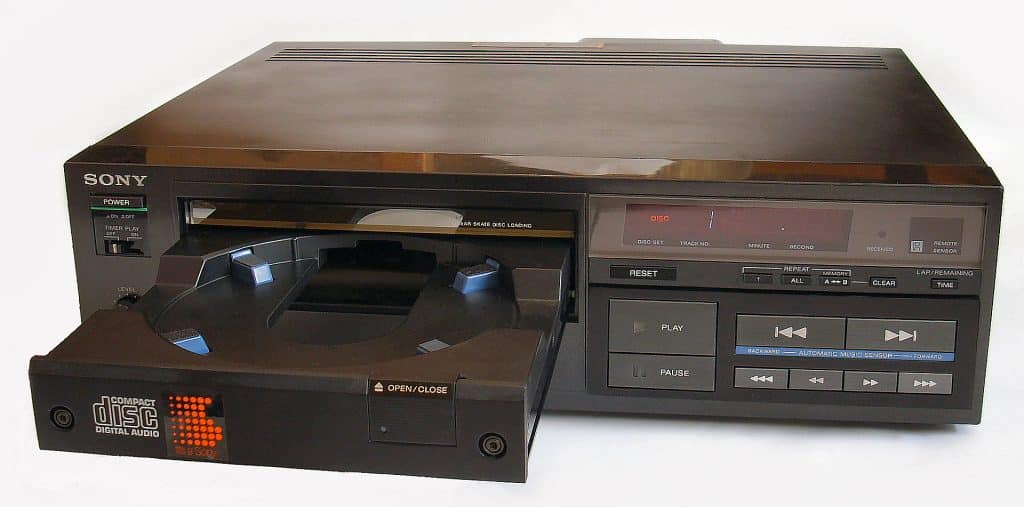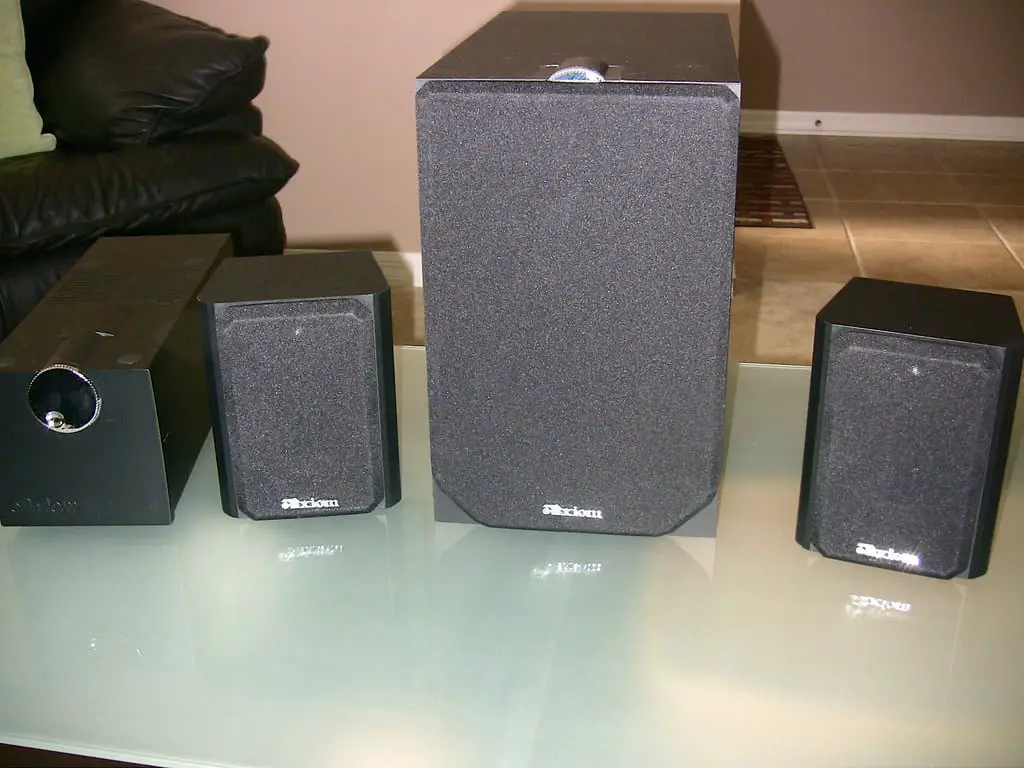Digital music has been with us for much longer than you might think, but not only that: Digital music did not begin with the Internet, as many people nowadays believe.
In the collective imagination, digital music is often associated exclusively with music that passes through the internet, perhaps through streaming platforms such as Spotify or Apple Music and more simply YouTube; however, the reality is much more complex and interesting.
In fact, music in digital format has a much longer and more deep-rooted history than one might think, with origins that date back well before the advent of the web and the spread of MP3s.
A Journey Through Time: From Analogue to Digital
The history of music recording and reproduction begins way back in the 19th century, with the invention of the phonoautograph in 1857 by Édouard-Léon Scott de Martinville; this device, considered the first sound recording instrument, was able to capture sound vibrations on a visible surface, but was not yet able to reproduce them.
It was a purely analog system, marking the beginning of the era of sound recordings.
Over the decades, various analog media have come along that have changed the way music was recorded and listened to. The vinyl record, introduced in 1948 by Columbia Records, is perhaps the most iconic of all; characterized by a warm and enveloping sound, vinyl became the standard format for music until the 1980s, when it began to lose ground in favor of more practical and compact media.
Even the stereo8 and the music cassette (born in 1963 thanks to Philips) were significant innovations, allowing greater portability of music, but always within an analogical context.
CDs? Surprise! They are digital music, not analog music!
The real digital revolution in music came with the introduction of the Compact Disc (CD) in 1982, the result of a collaboration between Sony and Philips: For the first time, music was stored in digital format, as binary data, readable by a laser.

This marks a significant break with the past: The tracks on the CD are actually .cda files, which the CD player decodes and transforms into digital music sound in analog; the CD offered superior audio quality, longer life and greater resistance than analog mediathus accelerating the decline of vinyl and music cassettes.
With the expansion of the Internet in the 90s, new digital formats emerged, such as MP3, WMA and others, which allowed audio files to be compressed without losing too much quality, facilitating the diffusion of music through digital networks; this change paved the way for a new way of conceiving music: no longer tied to a physical medium, but free to be transferred, shared and listened to anywhere.
CD Players… but with MP3
To demonstrate that there is a perception enormously distorted digital music (it would be better to say digital in general, but that should be discussed elsewhere), it is not unusual to see on social media things like “Don’t compare CD to MP3“, as if they were two completely distinct worlds, when in reality both are digital music.
So much so that in the mid 2000s CD players were very popular, which could not only read classic .CDA files, but also MP3 files… via CDs; it was a revolution because it actually allowed you to listen to music digitally, yes, but being able to put more tracks in 700 megabytes.

Yes, simply the classic CD player is nothing more than a player of files with the .CDA extension (which, it must be remembered, is always digital music, like MP3 and like music that is enjoyed via streaming.
Streaming: Digital Music in the Internet Age
Over the past two decades, music streaming has radically changed the listening landscape. Platforms like Spotify, Apple Music And YouTubeMusic made instant access to millions of songs possible, eliminating the need to physically own the music.
Although it may seem like a completely new thing, streaming is nothing more than an evolution of previous digital technologies, who have shifted the focus from possession to enjoyment.
Old Does Not Mean Analogue: The Case of the CD
One of the most common mistakes is to think that a technology is not digital just because it was introduced decades ago.
The CD is a clear example of this.: often considered “old” and obsolete, it is actually a fully digital medium; the confusion arises from the fact that, in common language, the term “digital” is often associated with something modern and internet-related, forgetting that the digitalization of music has much deeper roots.

Simply put, to make a long story short, Just rewriting a book from scratch on Word and then converting it to PDF is already a form of digitization where the Internet is not necessary.
The CD, although no longer as popular as it once was, still represents a tangible example of digital technology, with the ability to preserve music in high quality for decades.
Conclusion
Digital music is not a recent inventionbut the fruit of a technological evolution that has spanned over a century.
From the first attempts to capture sound in visible form to today’s streaming platforms, digital has revolutionized the way music is recorded, distributed and listened to; recognizing this history allows us to better appreciate the technologies we take for granted today, realizing that Digital music has actually been with us for much longer than we could have imagined.
#Digital #Music #Longer